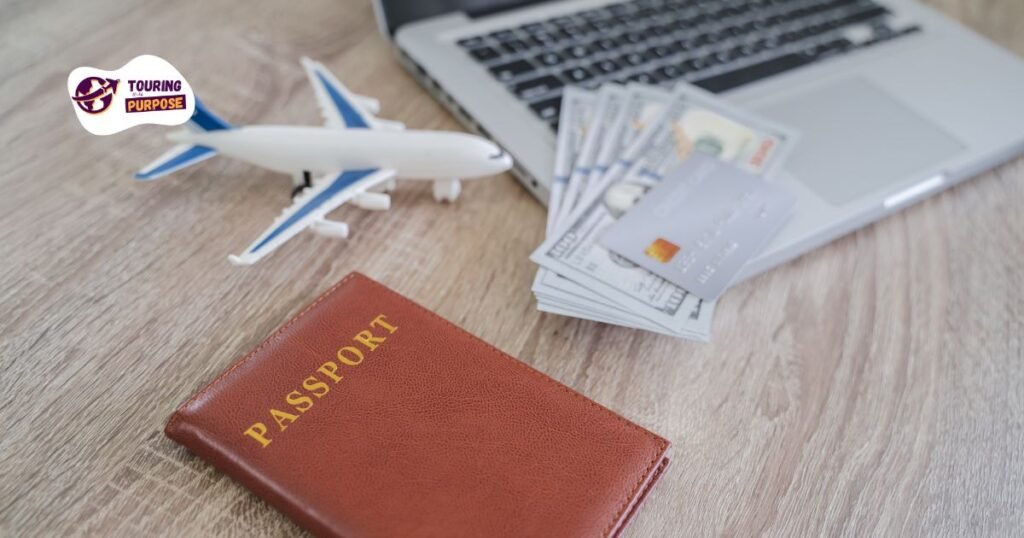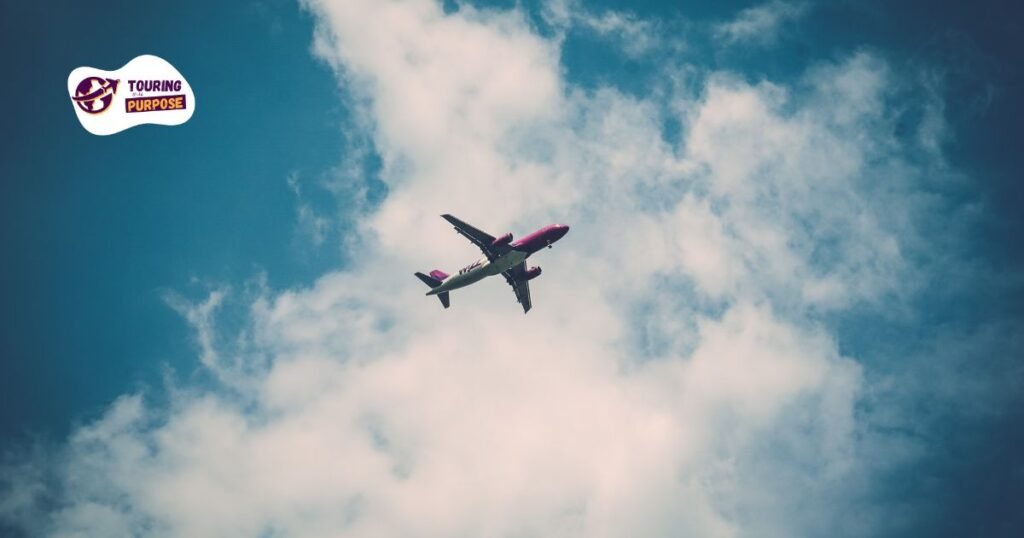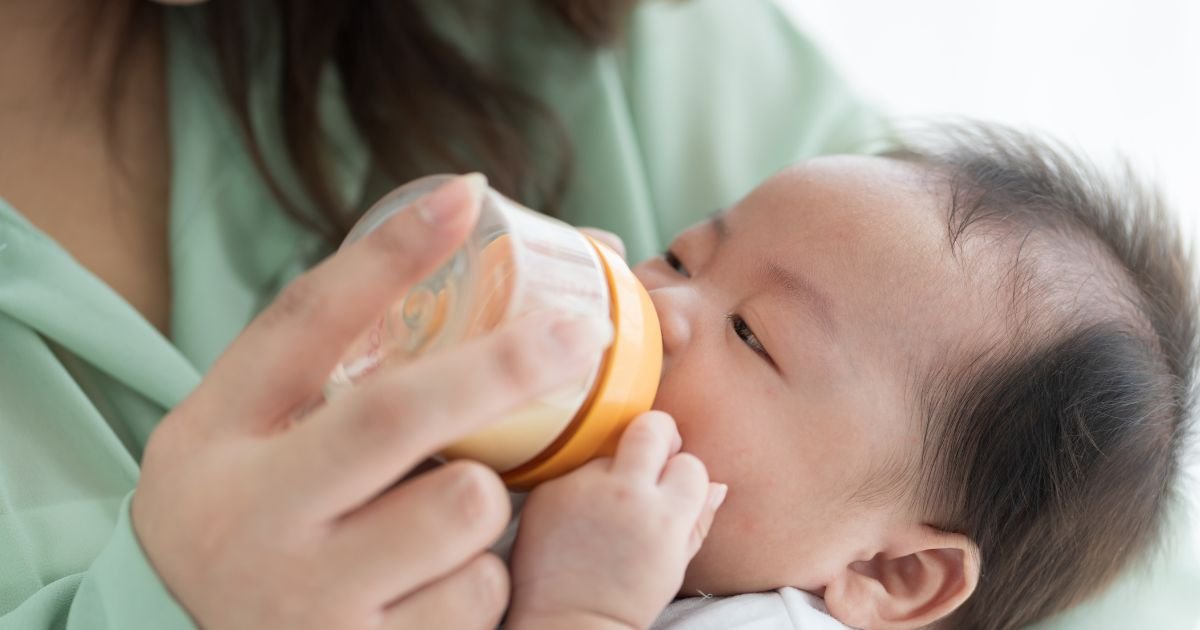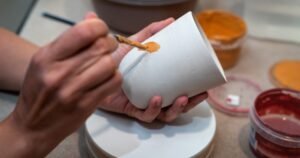How To Carry Cow Milk For Baby While Travelling? For optimal storage of cow milk for babies, it’s advisable to keep it at a temperature of 4°C (39°F) to deter the growth of harmful bacteria. Use an insulated bag, ice packs, or a portable cooler. Travelling with a little one presents a unique set of challenges, especially when it comes to ensuring their needs are met.
Among the top priorities for parents is maintaining a consistent feeding routine and how to carry cow milk for babies while travelling, which means relying on cow milk for many babies. But how do you keep that precious cargo cool and safe when you’re on the move?
Worry not, globetrotting parents, for this comprehensive guide will equip you with the knowledge and tools to confidently navigate the milk-carrying journey.
Understanding the Stakes
How To Carry Cow Milk For Baby While Travelling? Cow milk is a vital source of essential nutrients for infants and young toddlers, providing protein, calcium, and other critical elements crucial for healthy growth and development.
Maintaining a consistent milk supply while traveling helps regulate their feeding schedule, preventing disruptions that can lead to fussiness and discomfort.

Choose Your Weapon
The ideal milk-carrying solution for your travel adventure depends on several factors, including the duration of your trip, how to carry cow milk for your baby while traveling, your baby’s age, and your preferred feeding method. Here are some popular options to consider:
- Insulated Bottles: Perfect for short trips or day excursions, insulated bottles like Thermos can keep milk cool for several hours. Opt for double-walled stainless steel bottles for optimal temperature retention.
- Cooler Bags with Ice Packs: A cooler bag with ice packs provides reliable temperature control for longer journeys or hot climates. Pre-chill the milk and ice packs before packing to maximize their effectiveness.
- Frozen Milk Pods: If you can access freezer space at your destination, consider freezing individual portions of milk in leakproof pods. Thaw them gradually under running water or in the refrigerator overnight for convenient feeding.
- UHT Milk Cartons: Ultra-high temperature (UHT) milk comes in shelf-stable cartons, eliminating the need for refrigeration. While not ideal for long-term use, it offers a convenient option for short trips or emergencies.
Packing Prowess
Once you’ve chosen your milk-carrying hero, it’s time to pack it strategically for optimal temperature control:
- Pre-chill: Whether using an insulated bottle or cooler bag, pre-chill them thoroughly before packing the milk.
- Layer Up: Surround the milk with ice or frozen gel packs to maintain a calm environment.
- Insulate Further: Fill empty spaces in the cooler with towels or packing peanuts to prevent air circulation and temperature fluctuations.
- Label Clearly: Label your milk containers with the date and time to ensure you use the oldest portions first.

Temperature Titans
Monitoring milk temperature is crucial to ensuring its safety and quality. Here are some helpful tips:
- Invest in a Thermometer: A small, travel-friendly thermometer lets you spot temperature changes quickly and take corrective action if needed.
- The Two-Hour Rule: As a general guideline, never leave milk at room temperature for more than two hours. If the milk feels lukewarm, discard it immediately.
- Thaw with Care: Thawing frozen milk pods gradually under running water or in the refrigerator. Never microwave frozen milk; it can create hot spots and destroy essential nutrients.
Alternative Solutions and Backup Plans
When carrying fresh cow milk becomes challenging during travel, it’s essential to have alternative options:
- Powdered Milk: Consider carrying powdered formula or cow milk as a backup. These are convenient, easy to store, and require only water for preparation. Ensure that you follow the manufacturer’s instructions for mixing and preparation.
- Local Milk Sources: Explore options to purchase fresh cow milk locally at your destination. This might involve visiting local supermarkets and grocery stores or contacting accommodations in advance to inquire about local milk availability.

Ensuring Hygiene During Feeding
Maintaining proper hygiene when feeding stored cow milk is crucial for the baby’s health:
- Sterilizing Bottles and Utensils: Carry a portable sterilizer or sterilizing tablets to ensure bottles and utensils are thoroughly sterilized before use. Boiling bottles or using sterilizing solutions can also help eliminate harmful bacteria.
- Cleaning Practices: Use clean water and mild soap to wash bottles, nipples, and utensils after each use. Ensure they are thoroughly rinsed and dried before use to prevent contamination.
- Safe Feeding Practices: Wash hands thoroughly before breastfeeding or feeding the baby. Ensure the feeding area is clean and free from contaminants. Use clean bibs or cloths to prevent spills and keep the baby clean during feeding.
Handling Milk at Different Travel Destinations
Handling cow milk at various destinations involves considering different factors:
- Climate Considerations: In warmer climates, ensure milk remains at a safe temperature. Use insulated bags or coolers with ice packs to maintain freshness. Avoid leaving milk exposed to direct sunlight or high temperatures for extended periods.
- Refrigeration Availability: Plan for destinations with limited access to refrigeration. Use portable coolers or insulated bags with ice packs to keep milk cool during travel. Consider accommodations with refrigeration options for storage.
- Cultural Norms: Be mindful of cultural practices regarding milk consumption. In some places, pasteurized or packaged milk might be more commonly available and safer for consumption than fresh milk due to differences in hygiene standards.
Breastfeeding Buddies
For breastfeeding mothers on the go, the milk-carrying challenge takes a different form. Here are some tips for ensuring a smooth breastfeeding journey:
- Pack a Nursing Cover: A breathable nursing cover provides privacy and comfort while feeding your baby on the go.
- Invest in a Nursing Pillow: A travel-sized nursing pillow can offer support and comfort for you and your baby during feeding sessions.
- Express and Store: Pack a breast pump and storage bags to express milk for later feedings. Follow proper hygiene protocols and storage guidelines to maintain milk quality.
Travel-Friendly Feeding Tools
Simplifying mealtimes while travelling can make a world of difference. Here are some handy tools to consider:
- Portable Bottle Warmers: These compact devices allow you to warm bottles to the perfect temperature, even on the go.
- Formula Dispensers: Pre-portion formula powder into compartments for easy mixing and mess-free feedings.
Conclusion
How To Carry Cow Milk For Baby While Travelling? In conclusion, ensuring the safe handling and feeding of cow milk for babies during travel requires meticulous planning, preparedness, and adaptability. Having alternative options like powdered milk or seeking local sources is a reliable backup when fresh cow milk isn’t readily available. Maintaining hygiene during feeding is paramount, necessitating thorough sterilization of bottles and utensils and practising safe feeding practices to prevent contamination. Handling cow milk at various travel destinations demands attention to climate, refrigeration availability, how to carry cow milk for a baby while travelling, and cultural norms related to milk consumption. By adhering to proper hygiene protocols, considering destination-specific circumstances, and being equipped with
backup plans, parents can ensure their babies receive safe and nutritious cow milk while travelling, prioritizing their well-being and health throughout the journey.
FAQs
How do you keep cows’ milk cold while traveling?
To keep cow’s milk cold during travel, consider using insulated cooler bags or containers with ice packs. Utilize portable cooling solutions like mini-fridges powered by car adapters or avail refrigeration at rest stops or accommodations.
How do you store baby milk while travelling?
Store baby milk in insulated bottles or specialized containers designed to maintain the milk’s temperature when travelling. Place these in insulated cooler bags or thermal sleeves with ice packs to preserve freshness.
How do you carry cows’ milk for babies?
Transport cow’s milk for babies using airtight containers or specialized milk storage bags to prevent leaks. Choose insulated storage solutions designed to maintain the milk’s temperature during travel.
How do you travel with milk for a baby?
While travelling with milk for a baby, how to carry cow milk for a baby while travelling. Plan for the journey duration by packing enough milk stored in insulated containers or coolers. Regularly monitor the milk’s temperature, especially in warmer climates, and adjust cooling methods to maintain its safety for consumption.































